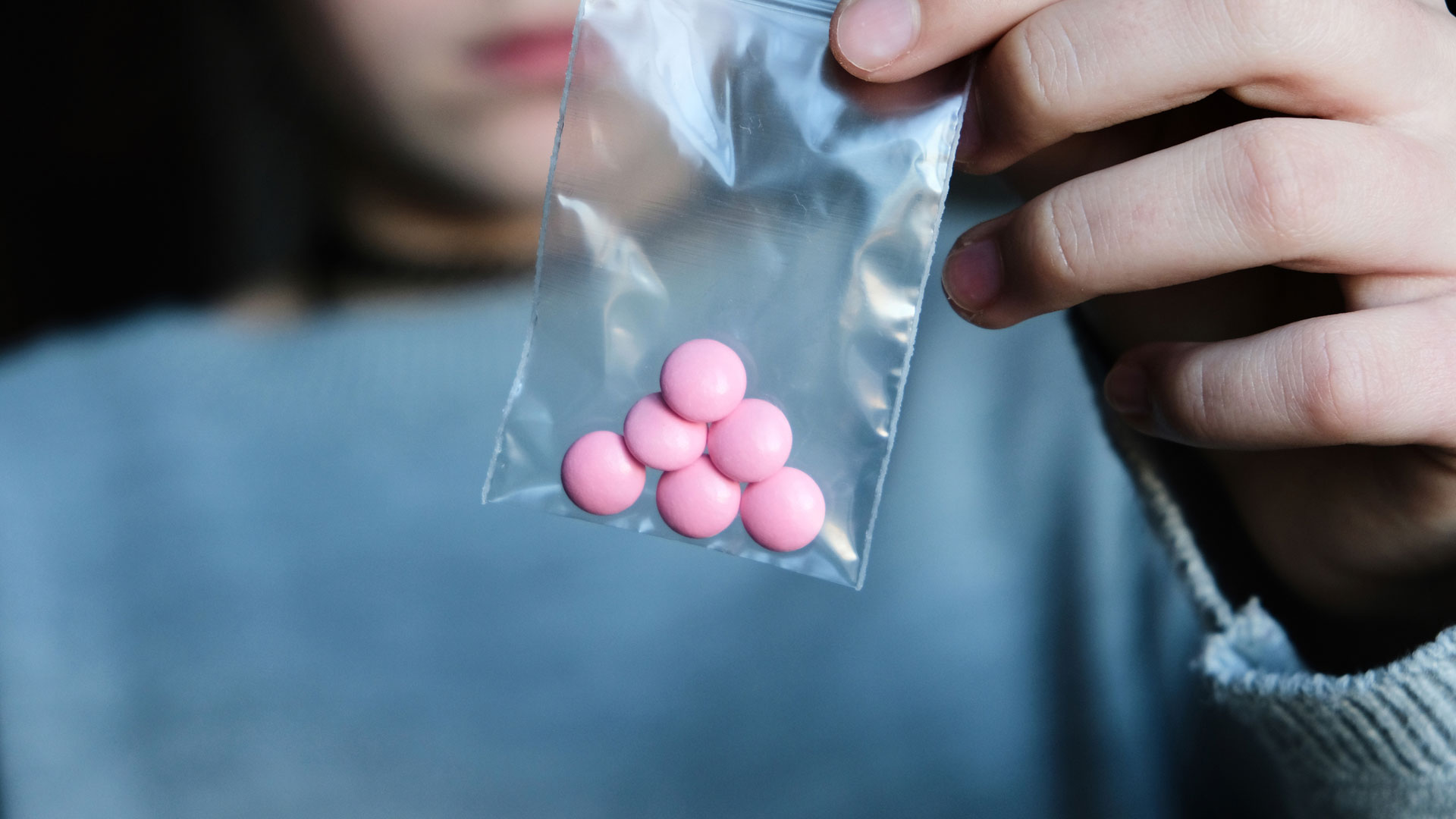Respond to Ecstasy and Other Drug Use on Campus

MDMA, known as ecstasy or “molly,” is a synthetic psychoactive drug taken in tablet form. It acts as a stimulant through the body’s release of serotonin and results in increased heart rate and blood pressure. Taking ecstasy in high doses can lead to seizures or hyperthermia resulting in system failure or, rarely, death.
Some experts believe ecstasy use may be on the rise in part due to its decline in use during the mid-2000s. A Monitoring the Future report says there may be generational forgetting of the drug’s dangers, as use of ecstasy has increased in young people in urban centers.
To address problems with ecstasy and similar drugs, consider taking the following actions at your college or university:
- Distribute information on dangers of specific drugs. The cluster of ecstasy overdoses in the recent past led many institutions to provide education about the incidents and the drug’s risks.
- Conduct more training. Reiterate to resident advisors the warning signs of drug abuse and overdose, including specific drugs such as ecstasy, and remind them of your protocols for dealing with suspected substance abuse.
- Provide links on the institution’s website to campus or community resources for substance abuse treatment.
- Review your medical amnesty or Good Samaritan policy. Many student conduct policies exempt emergencies involving drug or alcohol consumption from some or all disciplinary action. If your campus’s policy only covers alcohol-related emergencies, consider adding drug use to the policy.
Respond to a Crisis
A drug overdose on campus could trigger your crisis response plan. Ensure your plan addresses:
- How to coordinate a medical response if several students need transportation to the hospital
- Crisis communications to provide target audiences — students, resident assistants, or administrators — timely information about the drug, where students may have ingested it or where it came from, and symptoms of an overdose
- When to involve law enforcement agencies, which may have information on local drug trends including sales on your campus
Test your plan by conducting a tabletop exercise with members of your crisis team, including those tasked to play a key role in responding to campus overdoses. Look at recent scenarios in the news and walk through your response to similar situations on campus.
More From UE
Guide to Creating and Improving a Campus Crisis Communications Plan
Online Course: Crisis Response
Additional Resources
National Institute on Drug Abuse: MDMA Drug Facts
Vanderbilt University: Policy on Alcohol and Controlled Substances
About the Author
-

Heather Salko, Esq.
Manager of Risk Research
Heather oversees the development of risk research publications. Her areas of expertise include employment law, Title IX, and student mental health. Before joining the Risk Research team, she practiced employment and insurance coverage law and handled UE liability claims for more than a decade.





